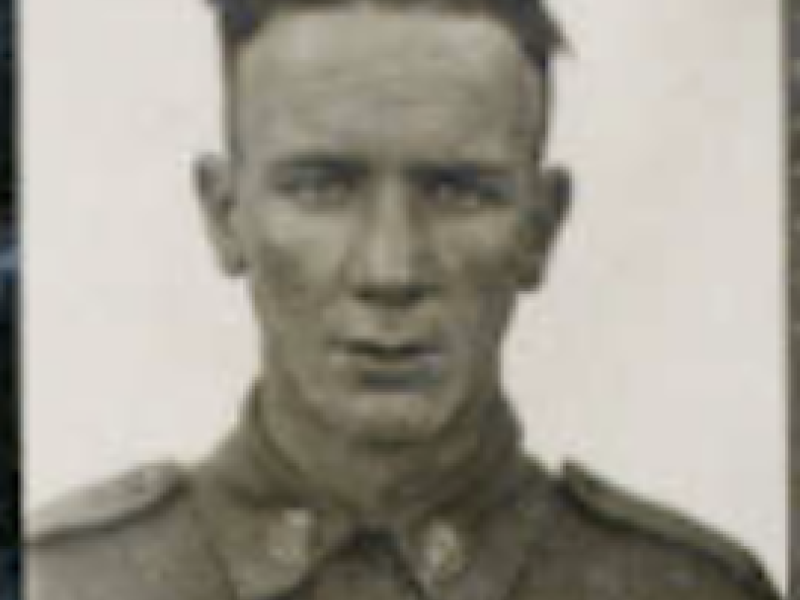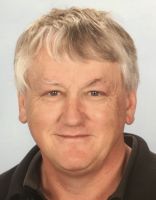Charles John Cadman
Charles John Cadman was born on the 10th of July 1915 in Corryong, Victoria, to Mary Eliza (née) Davis and Charles George Cadman. The Cadman family would consist of 14 children, only one not living to adulthood. Charles’ siblings would include; William Thomas, Clarence Reginald, George Harold, Isabel Clarice, Athol Raymond, Geoffrey Davis, Nellie Linda, Alan Murray, Olive Margaret, Mary Dawn, Patricia, Ramona Clare, and Margaret Rose.
Charles enlisted on the 20th of June 1940 at Wangaratta, Victoria, and was allocated the regimental number VX29545. His medical examination was conducted by Dr. Greenham in Corryong. At the time of his enlistment, he was a 24-year-old, single horse breaker, living in Upper Thougla. His mother was initially listed as his next of kin, however, this was soon altered as he married Madge Joyce McLellan on the 6th of March 1941, only one month before he embarked to go overseas.
During June and July of 1940, Charles trained with the No. 2 Training Battalion at Puckapunyal in Victoria, and on the 1st of August he was transferred to the 2/22nd Battalion. The battalion was initially headquartered at Victoria Barracks in Melbourne, but on the 11th of July moved to Trawool in central Victoria for training. On the 24th of September the 2/22nd began to move to Bonegilla, near Wodonga on the New South Wales-Victoria border. The battalion made the 235 km journey on foot and arrived on the 4th of October. Training soon resumed, occupying the battalion until it entrained for Sydney. Here they embarked on HMT Zealandia and sailed for Rabaul, arriving on the 26th of April 1941.
While stationed in Rabaul the battalion combined with the local unit of the New Guinea Volunteer Rifles, a coastal defence battery, an anti-aircraft battery, and elements of the 2/10th Field Ambulance and 17th Anti-tank Battery to form Lark Force. Its role was to protect the airfields at Lakunai and Vunakanau, and the seaplane base at Rabaul, as well as provide early warning of Japanese movements through the islands to Australia's north. Like the other "bird forces" deployed to Australia's north, Lark Force was ill-equipped and likely to be overwhelmed by enemy attack. Nonetheless, the 2/22nd spent the next months constructing defences and training for operation in a tropical environment.
During July and August of 1941, Charles was part of a contingent providing escort duty to Brisbane on the MV Macdhui. This ship, chartered by the Commonwealth Government to carry Army and Air Force personnel and supplies between Australia, Papua, and New Guinea was eventually destroyed in an air raid by the Japanese at Port Moresby in June of 1942.
Early in the new year, Charles was evacuated to the Military Hospital at Namanula, Rabaul with bronchitis. With the increased bombing and pressure being put on by the Japanese, Charles, and many other hospital inmates, were placed on a ship and sent to Port Moresby. Unfortunately, Charles’ condition deteriorated on the voyage, and he died at sea on the 23rd of February 1942.
Charles is remembered at the Rabaul Memorial Rabaul (Bita Paka) War Cemetery, the Australian War Memorial Roll of Honour and the Corryong War Memorial. For his service, he was awarded the Pacific Star, the 1939-1945 Star, the Defence Medal, the War Medal 1939-1945 and the Australian Service Medal 1939-1945.

 Stephen Learmonth
Stephen Learmonth